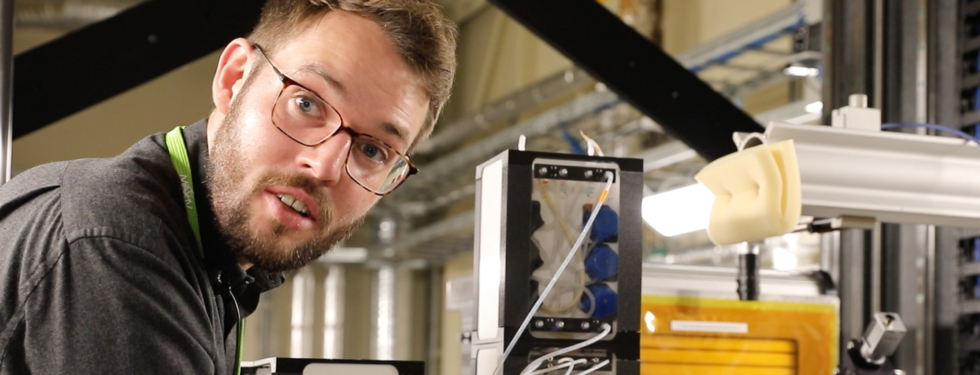Inventive AI and robotic self-driving lab accelerates material discoveries
To find solutions to real-world challenges, researchers often need to do labour-intensive work that requires a time-consuming trial-and-error process. Developing a synthesis method for custom-made materials is one of them. The process can take years and is very hard to replicate. But what if technology could help solve this and accelerate the application of new functional materials? An international collaboration led by Andy Sode Anker from the Technical University of Denmark came to MAX IV and accomplished just that.
